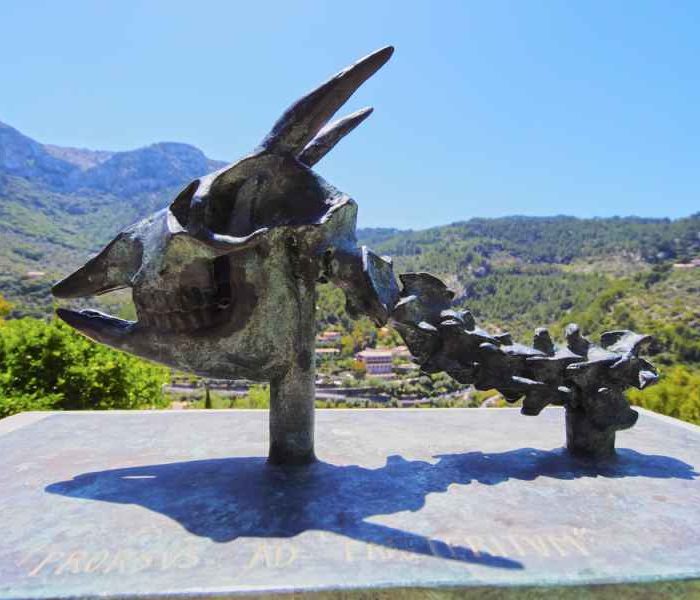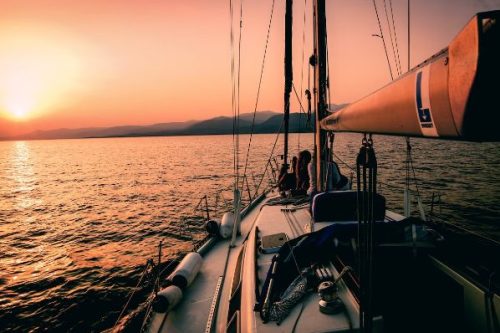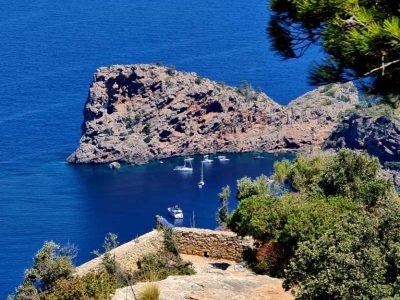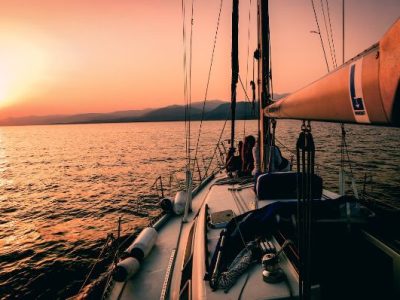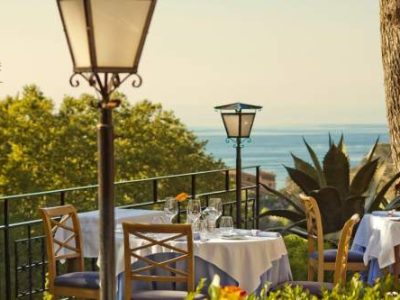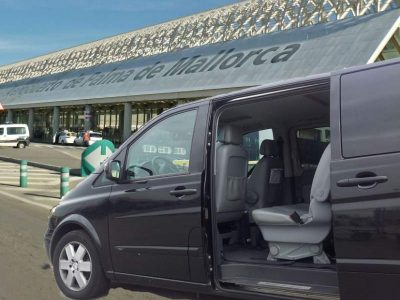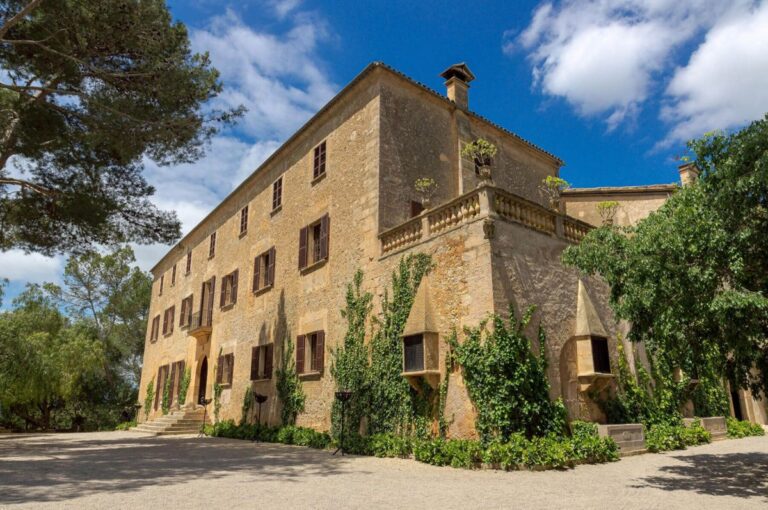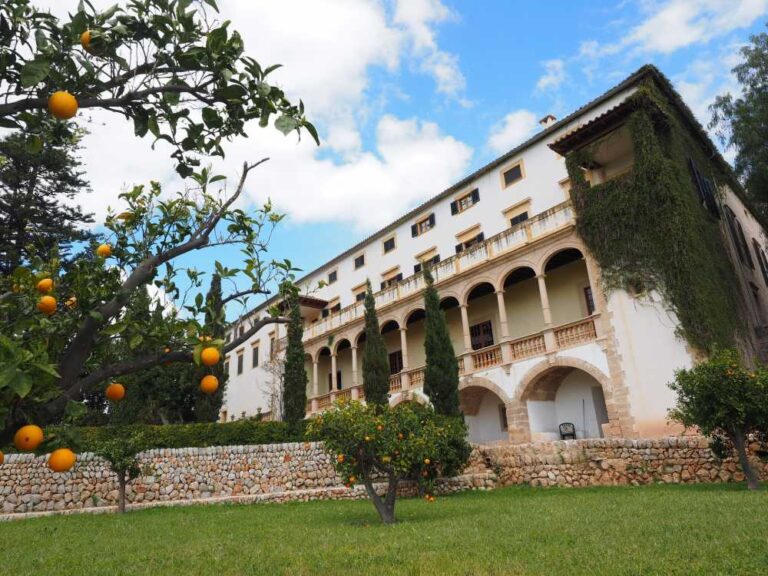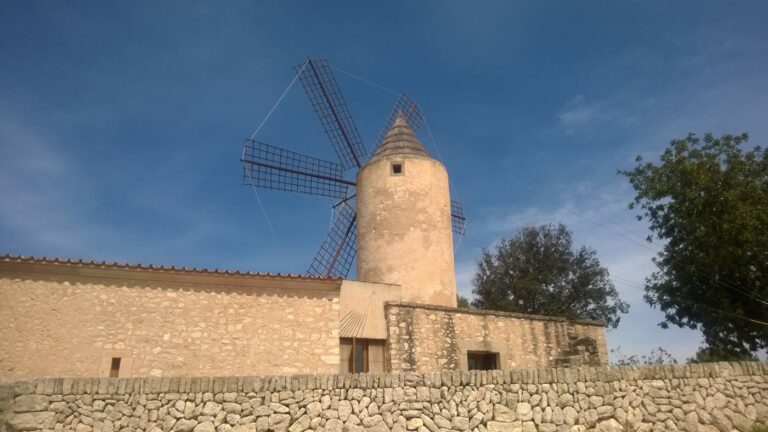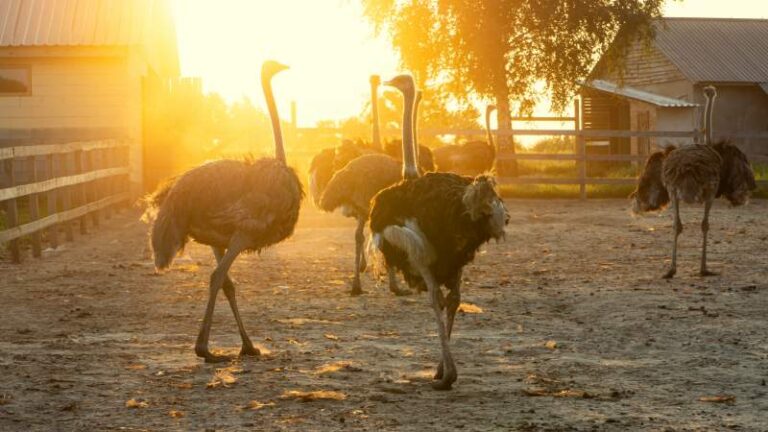Who was William Henre Waldren?
William Henre Waldren (1924-2003) was an American painter and self-taught archaeologist. Known for its many prehistoric finds, as well as the establishment of the Museu Arqueològic de Deià, Waldren has established himself as part of the Mallorcan history.
Waldren was born in New Jersey on the outskirts of New York on February 5, 1924. Already at a very young age, it was clear to Waldren that he wanted to be an artist, but never that he should become a prominent name in archeology and history. Already at the age of 7, William made a name for himself in both art and figure skating – in fact, he later appeared in the ‘Holiday on Ice’ show. After WWII, Waldren went to Paris to pursue his dream of becoming an artist, at the Académie Julian.
Waldren arrived in Deià, in 1953, at an age of 29, during a vacation from his artistic life in Paris.Like so many others, Waldren immediately fell for the natural charm and beauty of Mallorca. At this point of time, Paris’ otherwise flamboyant artist culture was undergoing a major downturn. Deià had become known as an artistic haven by several painters and writers, all of whom had found great inspiration for some of their works here.
Strongly inspired by Mallorca’s many talaytic settlements and caves from the Late Bronze Age, Waldren decided to dedicate himself to mapping Mallorca’s prehistory. Without any prerequisites for success in the form of education or special knowledge in archeology, Waldren set to work on his archeological adventure. As early as the beginning of the 1960s, Waldren had made some quite impressive and landmark discoveries around Valldemossa, Deià and Sóller, including Son Muleta and Son Matge – now both popular excursion destinations.
At the Son Muleta, he also made another interesting find, namely parts of the skeleton of the so-called Myotragus Balearicus, better known as the ‘Balearic Dwarf Antelope’. This mammal is thought to have lived in Mallorca since the ice age, but is now extinct.
During the same period, in the early 1960s, he met Jacqueline Brown, whom became his third wife. New inspiration impacted his flourishing artist career, and in April 1962, he was contracted to the prestigious Dwan Gallery in Los Angeles. After the contract expired in 1965, Waldren was again able to dedicate himself completely to Mallorca’s intriguing prehistory, where he found, among other things, new stratigraphs for the Balearic Islands.
In the time after 1965, many new friendships developed between Waldren and local landowners around Deià and Sóller, which allowed him to dig for new and amazing archeological finds. At the same time, he worked hard to build and establish his research center and home in Deià, where local architecture played a predominant role: It had to fall into natural balance with the rest of Deià and the Tramuntana mountains.
To support these works financially, Waldren took on a number of jobs, including as a disco and bar decorator in Palma in the 1970s.
In 1974, William Waldren became part of the voluntary nature conservation organization, EarthWatch, which is supported by the Heinze Foundation, National Geographic, and the National Science Foundation, among others. Since the mid-70s, more than 3,000 volunteers have taken part in making the Museu Arqueològic de Deià an experience with their many working hours as a contribution.
After more than a decade of excavations in Mallorca, Waldren decided to apply to the university to obtain a doctorate as proof of his theoretical knowledge and skills. Not without difficulty, in 1981 he was able to present his work, ‘Aspects of Balearic Prehistoric Ecology and Culture’.
Ever since, Waldren has highlighted this doctorate as one of his greatest and most important milestones in life.


